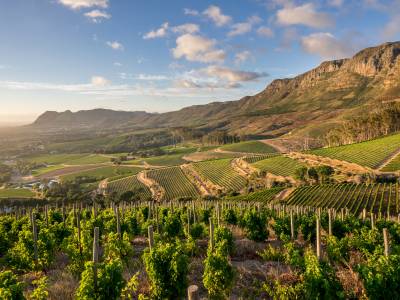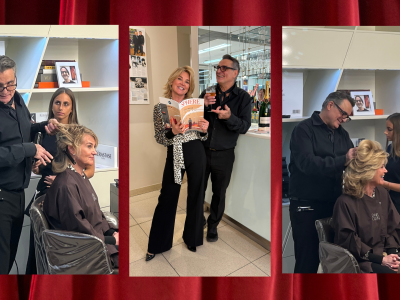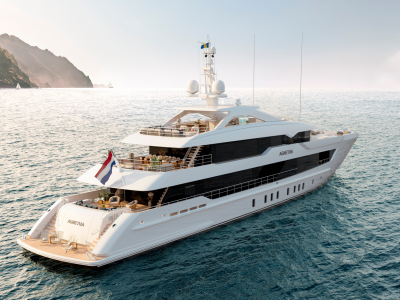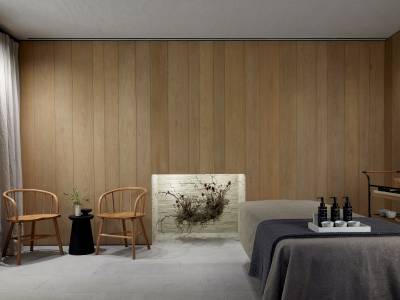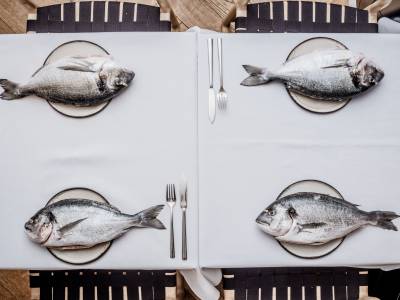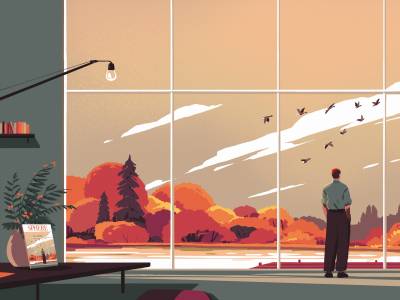For 17th-century world travellers, the Cape of Good Hope would have been a crucial stop: Cape Town was founded by Dutch explorers in need of a refilling station for their ships. The settlers planted vegetable gardens — and, because sailors and landlubbers considered too much sobriety nearly as dangerous as scurvy, they planted vineyards too. The first Cape wine was drunk in 1659, and in 1685, when Simon van der Stel, the first Governor of the Dutch Cape colony, was awarded a vast tract of land — over 750 hectares — he named it Constantia to reflect the virtue of perseverance, and that became the southern hemisphere’s first wine region.
In Search of South African Vineyards
10th November 2025
South Africa can boast the first wines made in the southern hemisphere and today has some of the world’s most dynamic wine regions. Nina Caplan goes in search of South African vineyards, old and new.
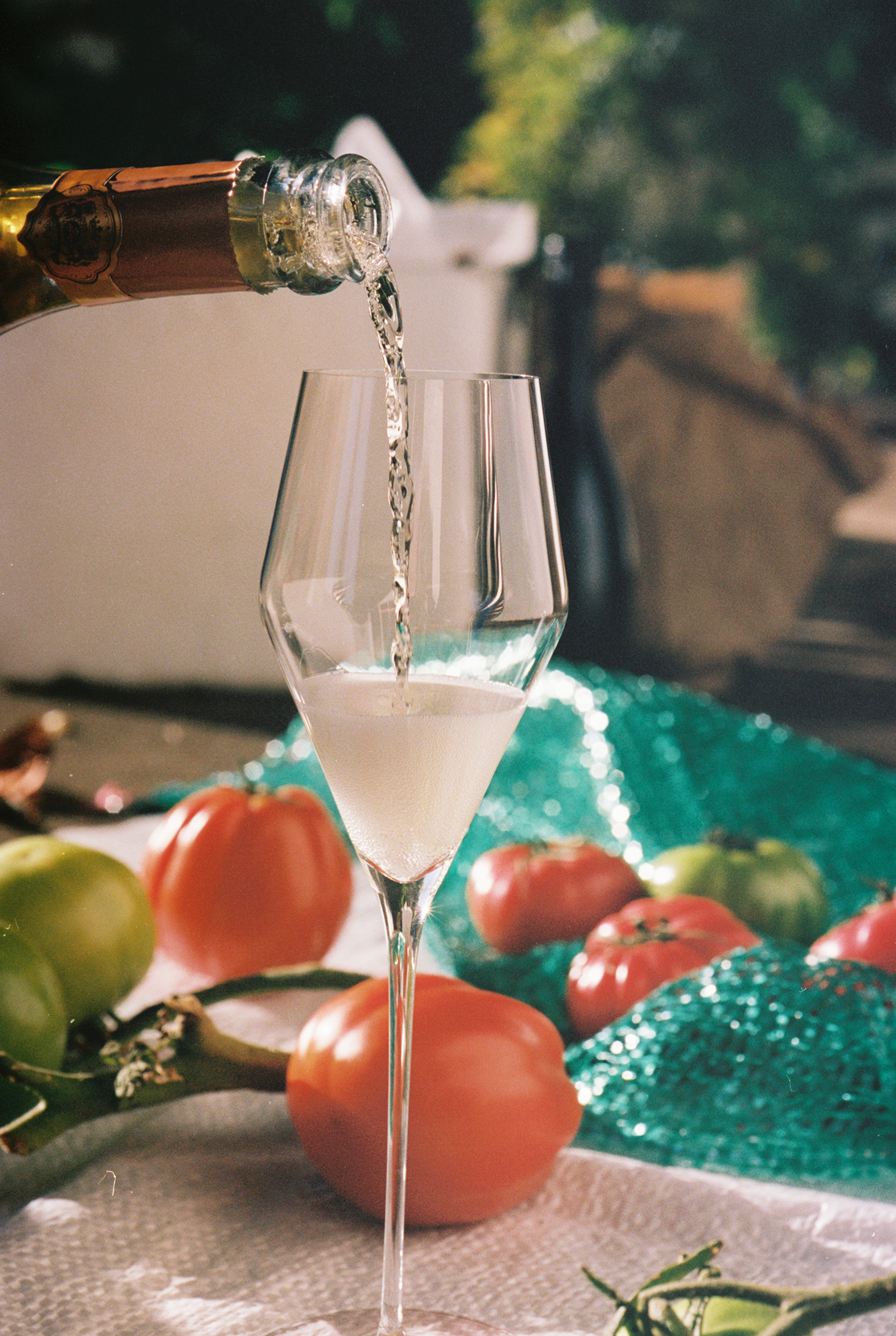
These days, South Africa is known for its delicious Chenin Blancs, rich Cabernet Sauvignons and distinctive Pinotages, but that overlooks a lot. On a recent trip, I sought out other varieties and lesser-known regions, from the very earliest to some of the youngsters springing up in this dynamic and exceptionally beautiful country.
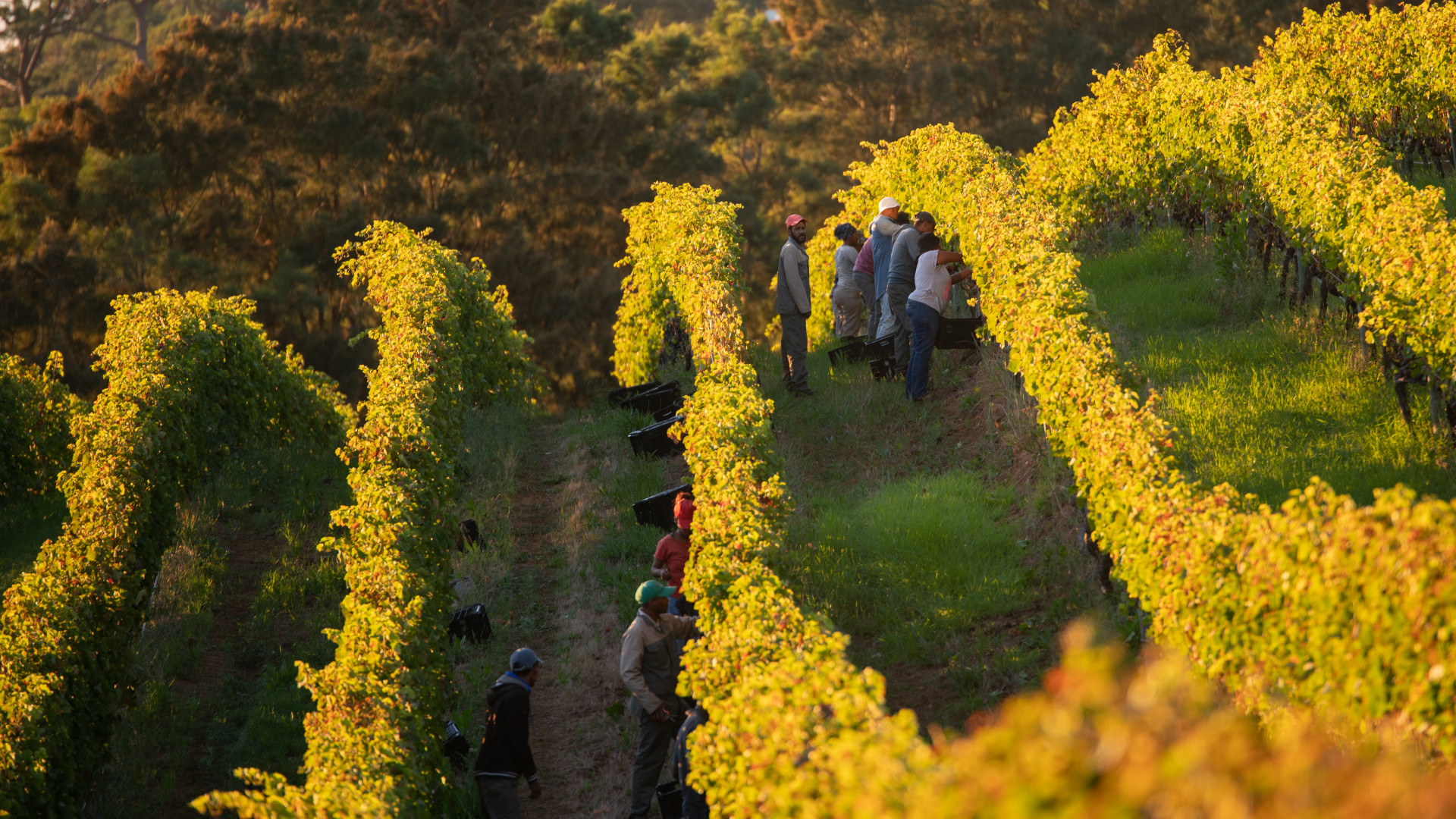
It is a surprising but useful fact that, while South Africa is big (it’s just over a two-hour flight from Cape Town to Johannesberg), the main wine regions are clustered in the country’s south-west: it is just over three hours’ drive from the southern Hemel-en- Aarde valley to Citrusdal, once known for its lemon and lime trees but now the country’s newest, and most northern, wine frontier. In Constantia, approximately 10 miles south of the centre of Cape Town at the base of Table Mountain, tour guide Matt Sterne took me on his Constantia Wine Walk, an informative and very scenic tramp from Groot Constantia to Klein Constantia, both part of that original estate but separated shortly after Van der Stel died in 1714.
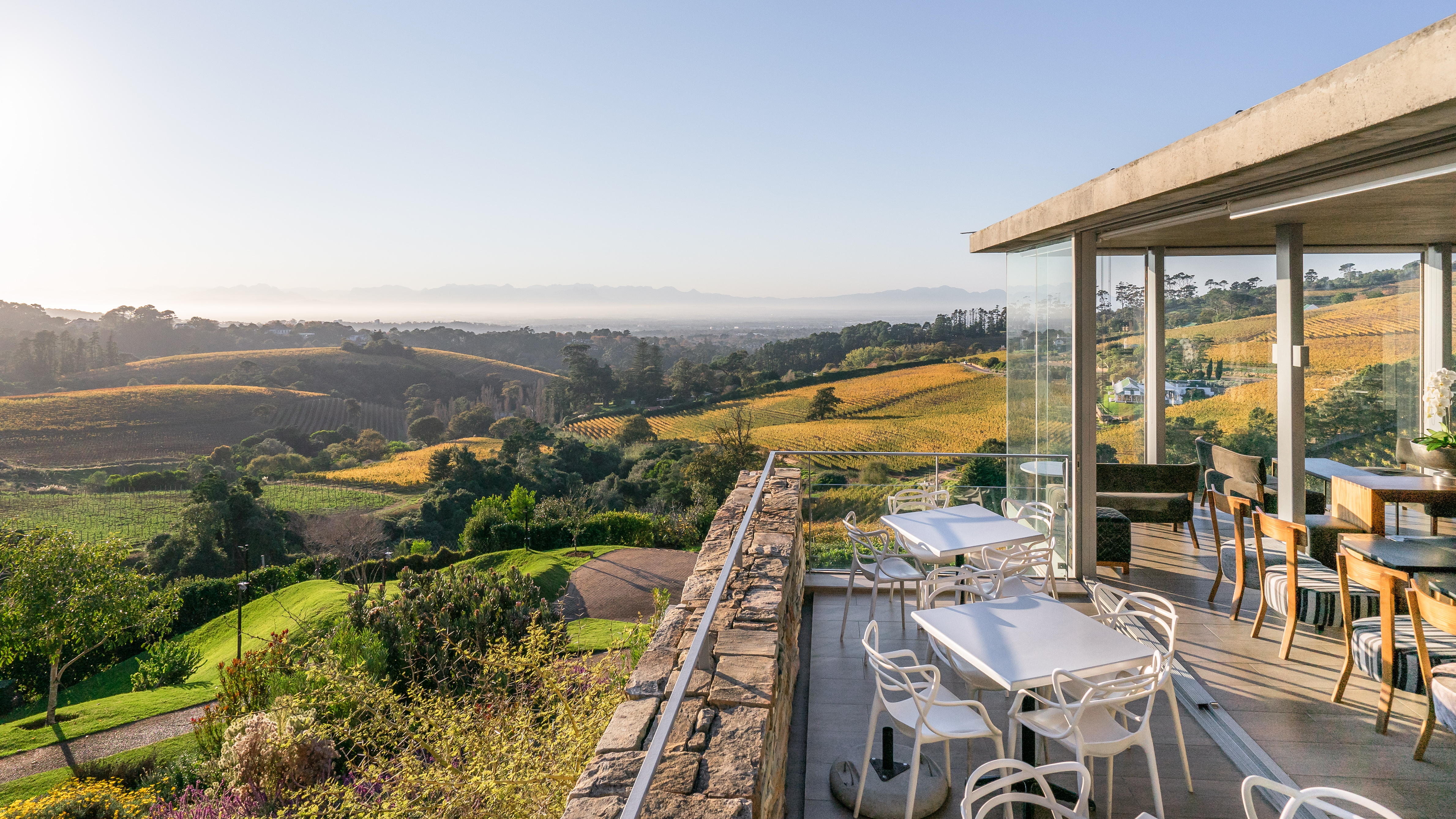
Matt told me all sorts of stories from the region’s eventful early history: people killed by lions and elephants, a woman with five husbands and an 18th-century owner of Groot Constantia who smoked a pipe so long he needed a slave to light it for him. From Klein Constantia’s open-air hillside tasting room, we looked out across the vineyards while tasting Clara, their saline, textured Sauvignon Blanc, and the creamy Estate Chardonnay. Constantia is known for its whites, but Klein Constantia is known for one in particular: Vin de Constance, arguably the first icon wine. In the 18th and 19th centuries, it graced the tables of royalty; Louis XVI and Marie Antoinette of France drank it, as did Napoleon, in exile on St Helena. Made from the highly perfumed Muscat à Petits Grains grape, it is a glorious wine, honey-sweet yet with a herbal, savoury finish and heady perfumes of jasmine and orange flower. And it lasts, seemingly forever: there are still a few precious bottles around from Napoleon’s time, and this year, the estate celebrated its 340th birthday with a limited-edition release of the Vin de Constance 2010.

Winemaking isn’t easy here. As well as the usual problems of weather and economics (their currency, the rand, is weak; great for those of us buying South African wine but hard on those making it) and the inequalities remaining from the apartheid era, you can lose a vineyard’s worth of grapes in a morning… to baboons. But very few people consider giving up and going somewhere easier.

“Constantia is the birthplace of South African wine,” said Nicky Coenen, my hostess at Last Word Constantia, a charming family-run boutique hotel amid the vineyards that made an excellent base for my exploration of the region. “There have been vines in this valley for centuries, and it remains one of the most significant wine-producing areas in the country. Plus, the scenery is breathtaking!” She’s right about that. The organic vines that make Silvermist’s white-peach Sauvignon Blanc sat on a steep hillside above a nature reserve; next door (although the door in question was down one hill and up another), a spectacular amphitheatre of vines surrounded Beau Constantia’s tasting room. It was hard to believe that, until the 1990s, this was a goat farm. The team is young, and the wines (80 per cent are reds, highly unusual for Constantia) are named after members of the owning family. Cecily is an elegant Viognier with pretty perfumes of mandarin and white flowers, while the blackcurrants and black plums in the 2018 Aidan, an intense red blend that is predominantly Shiraz, make a great match for venison.
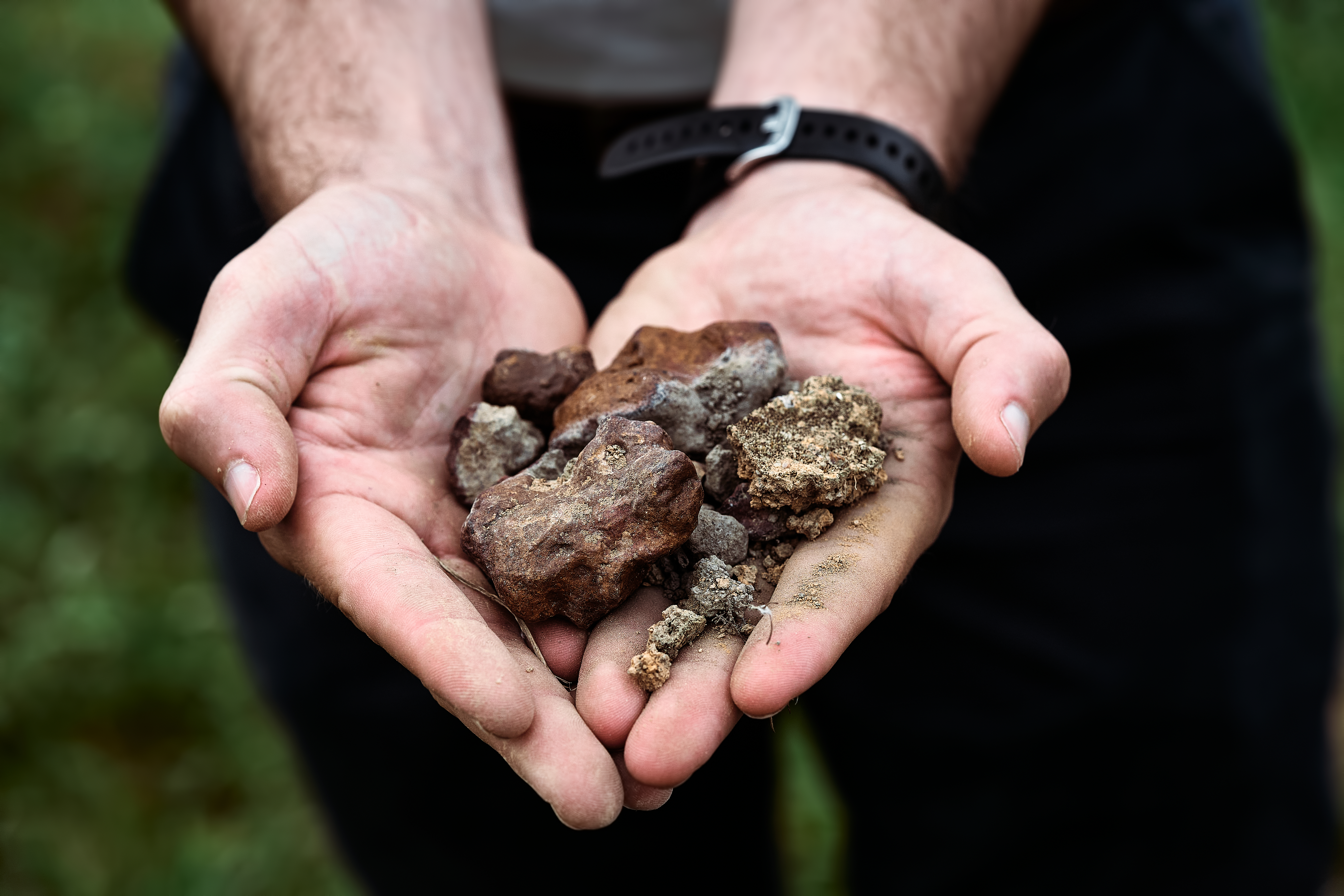
From Constantia, I made a quick trip south to Hemel-en-Aarde (which means Heaven and Earth) to take a look at Cap Maritime, the new project from Marc Kent of Boekenhoutskloof, creator of the hugely popular red blend The Chocolate Block. Those grapes originate from the hot Swartland, farther north; this cool, coastal region is very different. The soils are decomposed granite, the ocean is less than four miles away, and Chardonnay and Pinot Noir thrive. They aren’t yet officially organic, but, says winemaker Gottfried Mocke, they don’t use any herbicides or insecticides — a serious commitment in a damp region (mildew and other diseases love moisture). For Kent and Mocke, it’s never about taking the easy path, or you don’t plant amid the fynbos, the exceptionally varied shrubland native to this place — and only to here. It’s beautiful, vital and now, protected, but it makes the soils more acidic. That’s not ideal for vines, which may have been here a very long time but are not, after all, indigenous plants.

It’s no coincidence that Chardonnay and Pinot Noir are also the main grapes used for Champagne: sparkling wine came about because in cooler climates, grapes take longer to ripen and tend to have higher acidity when picked — bad for still wines but ideal for bubbles. Which makes it surprising that Krone sparkling wines are made north of Swartland, in an inland region where the bright blue skies and jagged red mountain backdrop are, in every sense, a long way from northern France.

Nonetheless, the estate is sandwiched between Saronsberg Mountain on one side and the Groot Winterhoek range on the other, and this creates a cold trap, ideal for the Chardonnay that goes into their three superb single-vineyard Blanc de Blancs. All of their wines are sparkling, and none are non-vintage. “I like the idea of showcasing nuances,” says Cellar Master Rudiger Gretschel, one of the country’s star winemakers: “I’ve never warmed to the idea of a house style.” On this estate, with its pretty whitewashed buildings and clipped lawns, incongruous against that majestic mountain setting, he grows vines on the cooler slopes, nurtures a canopy of leaves to protect the grapes from the sun and harvests before the sun rises. The results are superb, complex yet fresh — the Kaaimansgat 2021, with its lime peel, white flower and subtle biscuit notes, is worth the trip alone.
Before I turned back south, I took a day trip with Rudi farther into the mountains, to see the vineyards of Swartberg Wingerde, his personal project. His Grenache is rows of bush vines (that is, no trellising: the vines look like little bushes), growing cheerfully on a mountaintop where the soils are deep sand. Sipping his Holism, the stunning, herbaceous red he makes from them, looking out across the mountainscape to the Atlantic beyond, it occurred to me that the relatively small distances between wine regions are actually an illusion: there is such a range of grape varieties, soil types and adventurous winemakers. Over 350 years on from those Dutch colonisers’ arrival, a great deal has changed for the better, but South Africa is still a haven for any traveller with a thirst.

